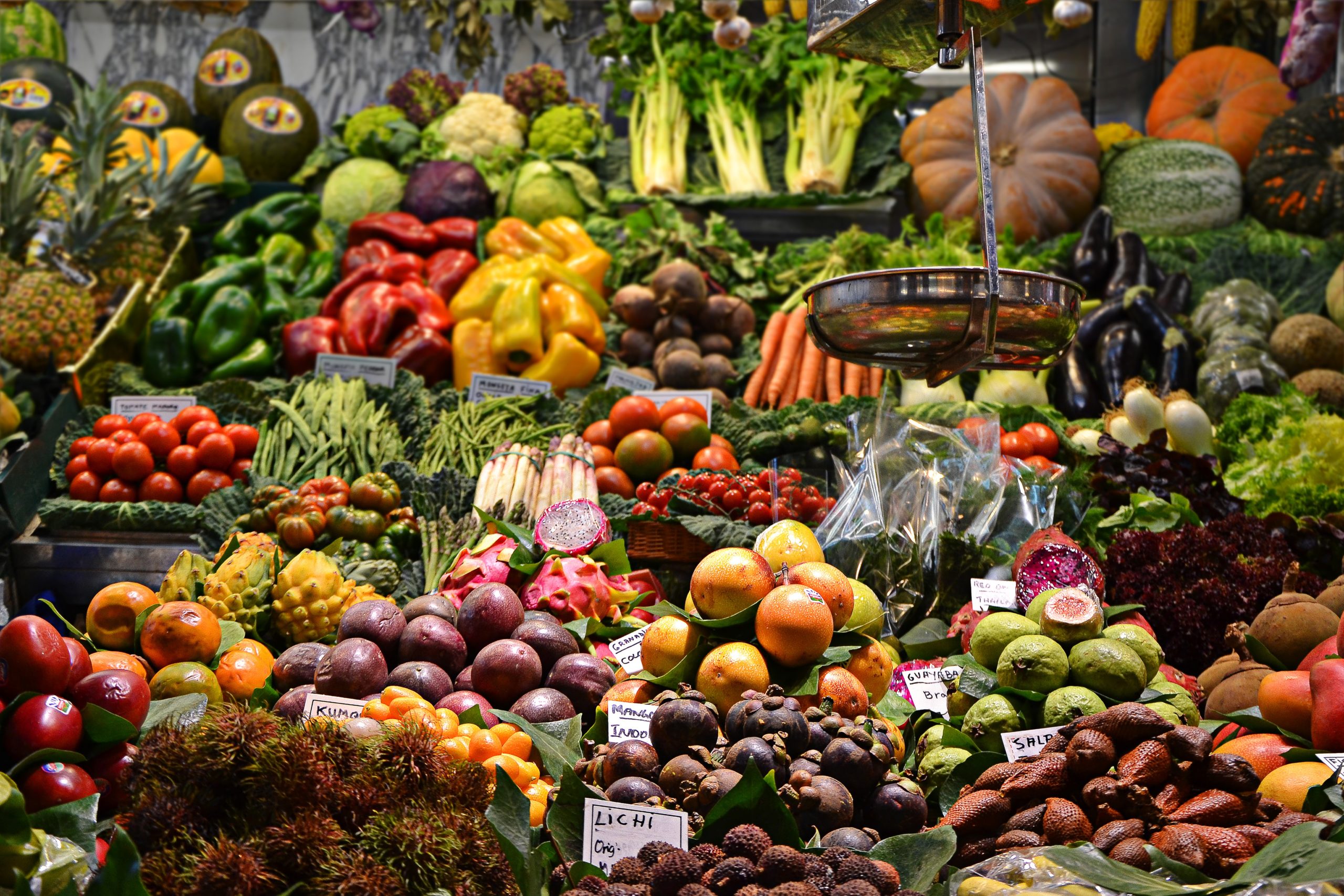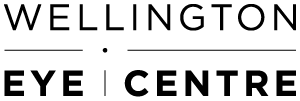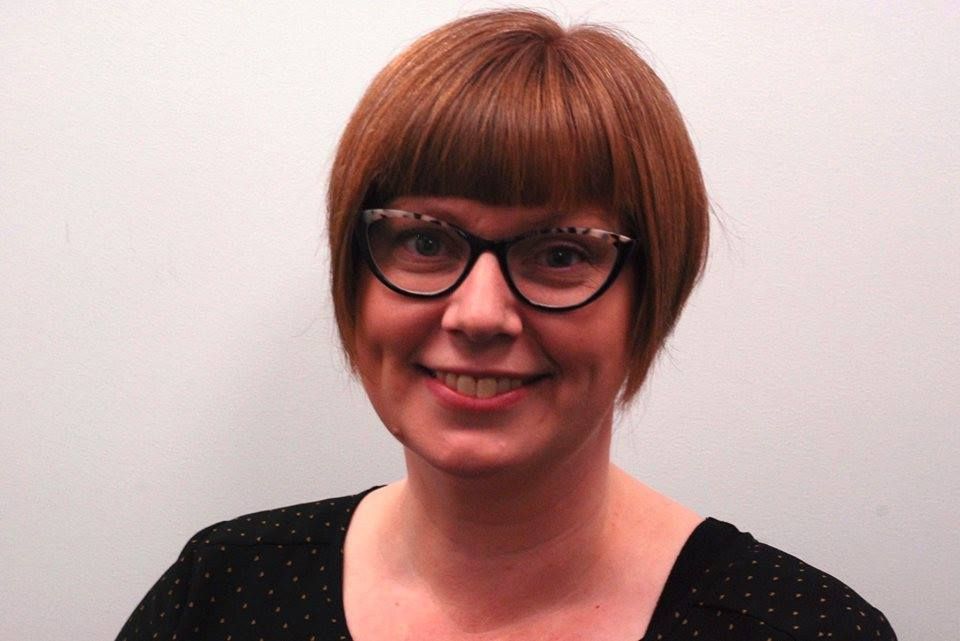
Mask wearing is a day to day reality for most medical professionals. Now the general population of New Zealand is becoming accustomed to it too.
For the bulk of Kiwis, wearing a mask is a small personal inconvenience but one with a much greater purpose. For some, that inconvenience could be the onset or worsening of Dry Eye symptoms. Dry Eye caused or exacerbated by the wearing of a face mask is called Mask Associated Dry Eye, MADE.
What is Dry Eye?
Dry eye is an eye condition where the surface of the eye is inflamed, irritated and rough. Dry Eye is the result of poor quality or low quantity tears. Our tears (also known as the tear film) lubricates and protects the front of the eye. It is complex and multi-layered and includes components like mucus, lipids and proteins.
Dry eye is usually categorised as being either evaporative, aqueous deficient or a combination of both mechanisms.
Evaporative dry eye – is common and is caused by a poor oil (lipid) layer in our tears, which leads to increased evaporation of our tears. Most commonly caused by the condition Meibomian Gland Dysfunction (MGD).
Aqueous deficiency dry eye – is less common and is caused by a low tear production.
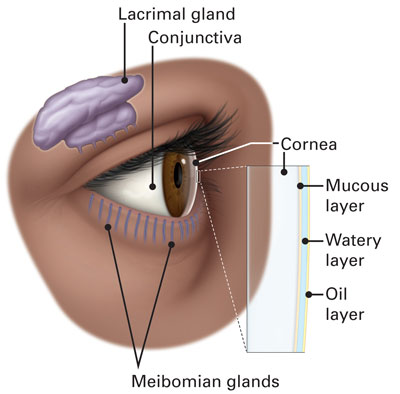
What is Mask Associated Dry Eye?
Mask Associated Dry Eye or MADE has the same symptoms as regular dry eye, but it may present at different periods of the day. Regular Dry Eye tends to be worse on waking, in the late afternoon or evenings and worsens with environmental factors like screen work and air-conditioning. MADE is more likely to occur whilst wearing a mask or after extended periods of mask wearing.
There are three contributing factors to MADE;
Changes to Airflow. While wearing a mask, the air that we exhale is predominantly trapped. This air will escape from our masks via the weakest point. Often this escape route is upward to our eyes. When it does escape this way, our exhaled air will fog up our glasses and pass over the surfaces of our eyes and eyelids. This increased airflow will increase the evaporation of our tears, causing dry eye.
Changes to Blinking. A poorly fitted mask can place tension on the lower eyelid. This tension can reduce the force of your blink and it can prevent the eyelids from making a complete closure during blinks. Blinking is extremely important to maintaining a quality layer of tears. A blink stimulates tear production and helps smooth our tears over the surface of our eyes.
Change to eyelid position. If there is tension on the lower eyelid, it can expose some of the skin that lines the inside of the eyelid. This is an area that is very delicate and is not normally exposed to air; when it does dry out it can cause further dry eye and irritation.
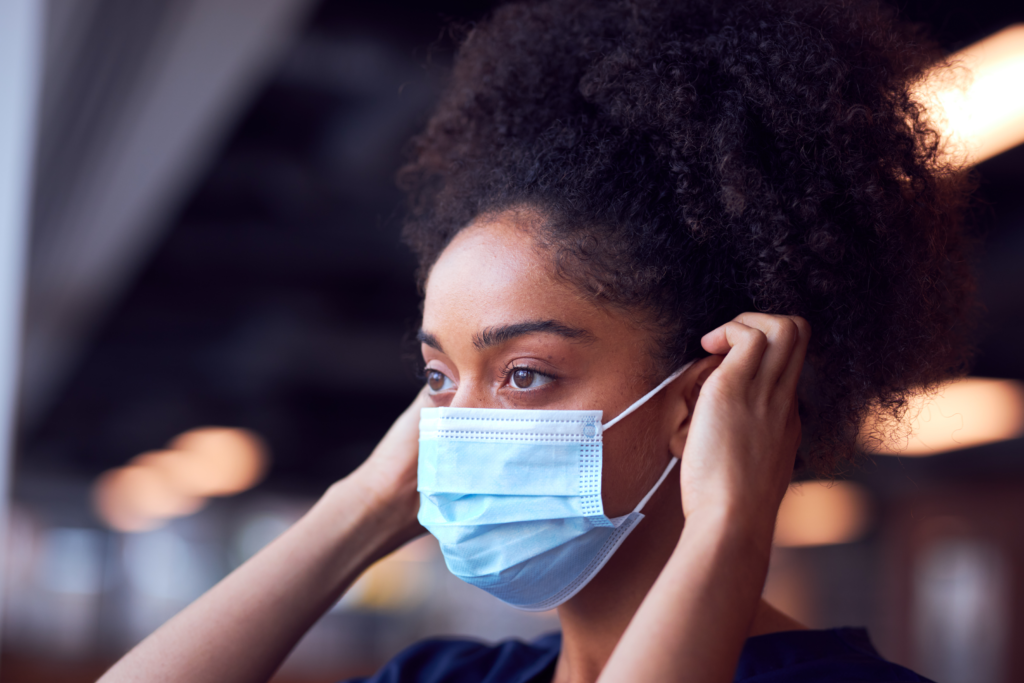
How to avoid MADE
A well fitted mask
Make sure your mask fits well. Avoid masks that sit too high and pull on your lower eyelid. If you tape your mask to your cheeks, make sure that tape isn’t pulling on your lower lid either.
Try to use masks that can be shaped to the contours of your nose and cheeks, masks with a fine flexible metal wire at the top are great.
Consider taping the top of your mask to your nose or cheeks. Use a skin-safe medical tape for this if you can.
Making sure your mask is fitted well not only reduces the chance of MADE but will also reduce the fogging of your spectacles. Check out this article for more advice on preventing your glasses from fogging up.
Lubricating Eye Drops and Dry Eye Treatments
Use lubricating eye drops, also known as artificial tears. There are many brands available from your pharmacy or supermarket. If you are needing the eye drops more than three times a day, consider using a preservative-free eye drop. Long term use of preservatives can irritate the front surface of the eye, the very part of the eye we are trying to soothe!
If you already suffer from dry eye, make sure your treatment regime hasn’t slipped. It’s human nature to dial back our treatment plan when things are going well, mask-wearing may just be the time to amp it back up.
There are many more Dry Eye treatments available, to find the right one for you, please contact your eye care professional.
Wearing Goggles
For those who need to wear masks a lot, or who are having significant dry eye symptoms, wearing goggles can help with the MADE symptoms. Goggles will protect the eyes from the exhaled airflow and create a small micro-climate with slightly increased moisture.
If these solutions aren’t enough, seek advice from your eye care professional.
Symptoms of Dry Eye
Symptoms of dry eyes include but are not limited to the following:
- Burning and itching eyes
- Persistent dryness
- General eye discomfort
- Scratchy, gritty feeling in the eyes
- Blurred vision
- Fluctuating vision
- Increased sensitivity to bright lights and glare
- Tightness of the eyes
- Heaviness of the eyelids
- Tired eyes
Things to avoid during a pandemic with irritated eyes
If you have irritated eyes, from MADE or other eye conditions it is really important to avoid the temptation to rub or touch your eyes.
Rubbing your eyes can reduce your irritation in the seconds immediately after, but it does increase irritation in the short term and can slow the healing.
Touching your eyes or face can significantly increase the risk of spreading microorganisms like bacteria and viruses to yourself. This not only increases your risk of some of the common eye infections but also the risk of spreading and catching viruses such as Covid-19. To minimise this risk, make sure you wash your hands regularly and thoroughly and try to avoid touching your face and eyes.
Covid-19 is a virus that enters the body through mucous membranes. Mucous membranes are found lining the moist surfaces of our eyes, eyelids, mouth and nose.
So reducing your irritation is important to make you more comfortable, but also to prevent the urge to rub or touch your eyes and face.
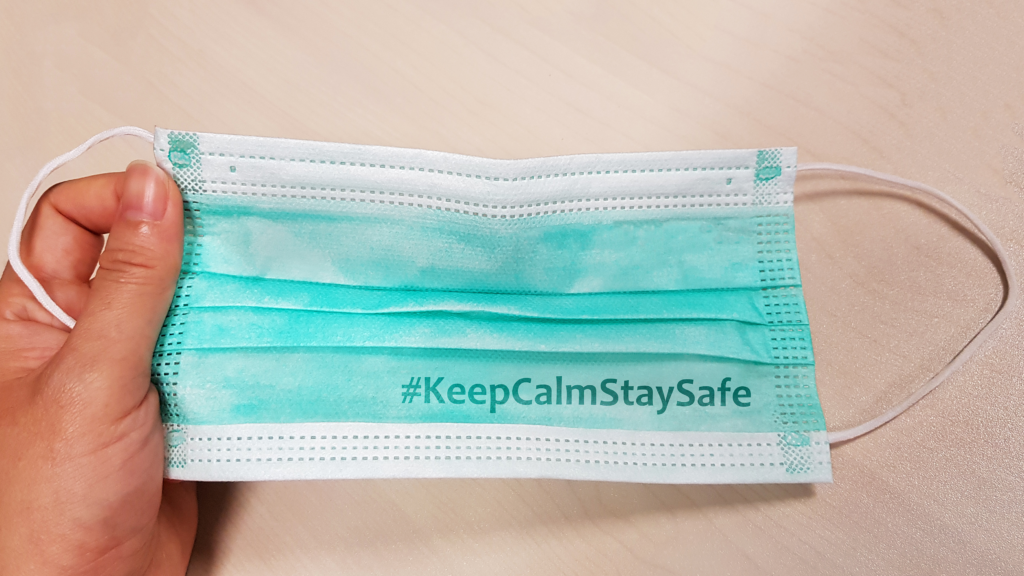
So even though your mask may be partially to blame, please don’t give up on wearing it just yet. Try these helpful tips and get in touch with your eye care professional. Feel free to get in touch with the team at Wellington Eye Centre if you have any other questions or wish to book a consultation with Dr Logan. You can call us on 0800 733 327 or complete the contact form below.
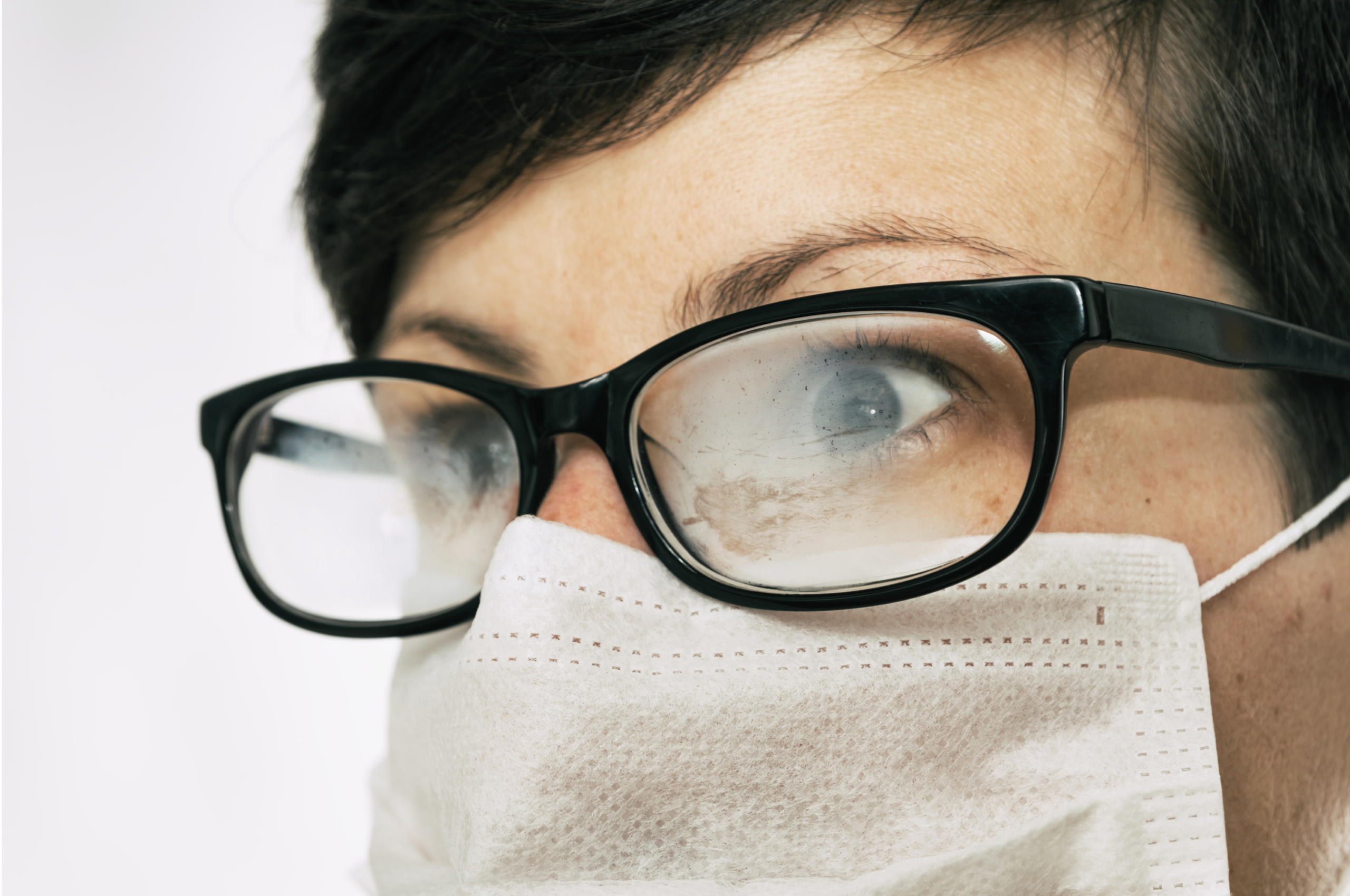
Sick of your glasses fogging up with your face mask?
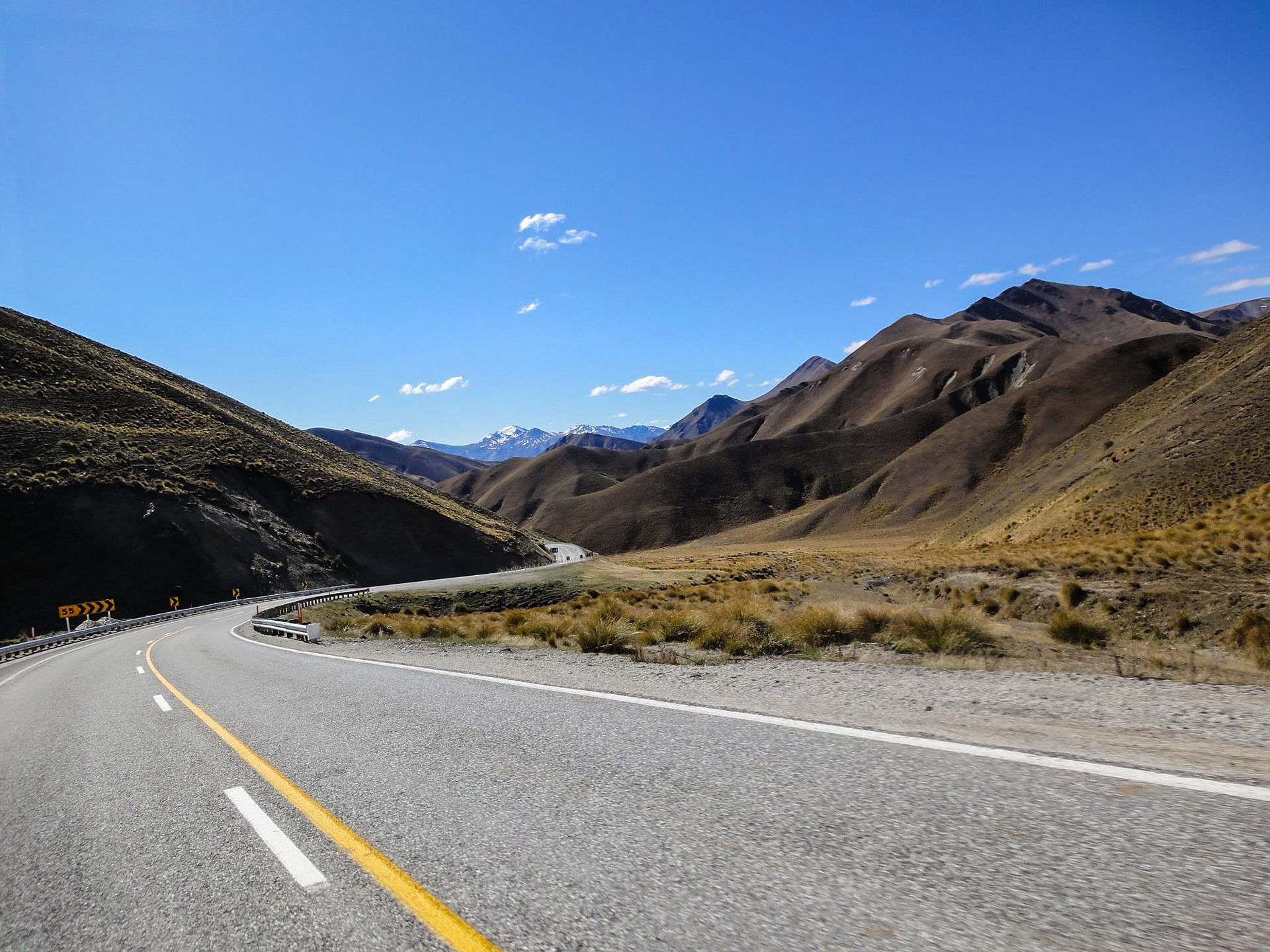
What we will be doing at the different Alert Levels
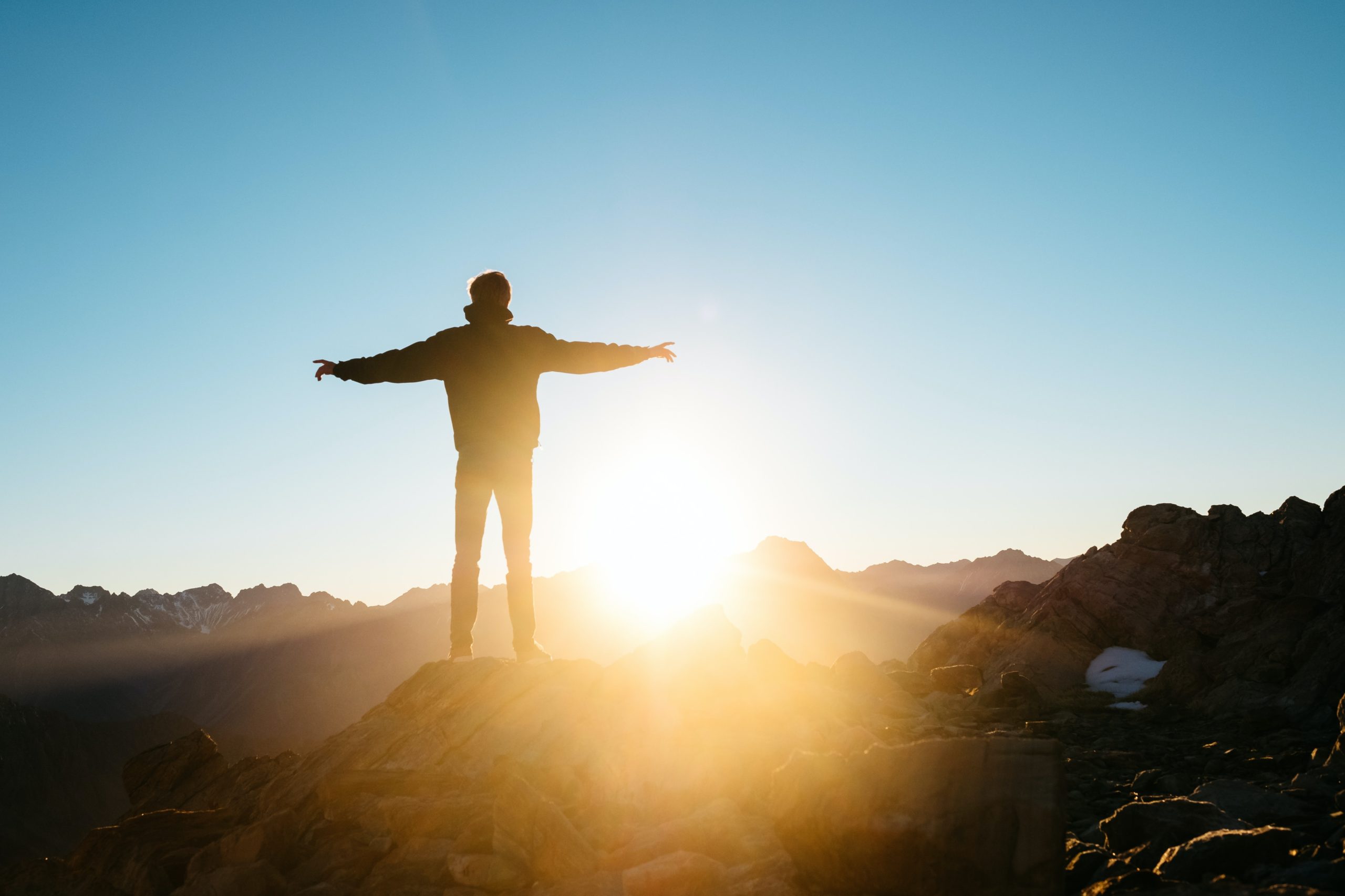
What we will be doing during Alert Level 2
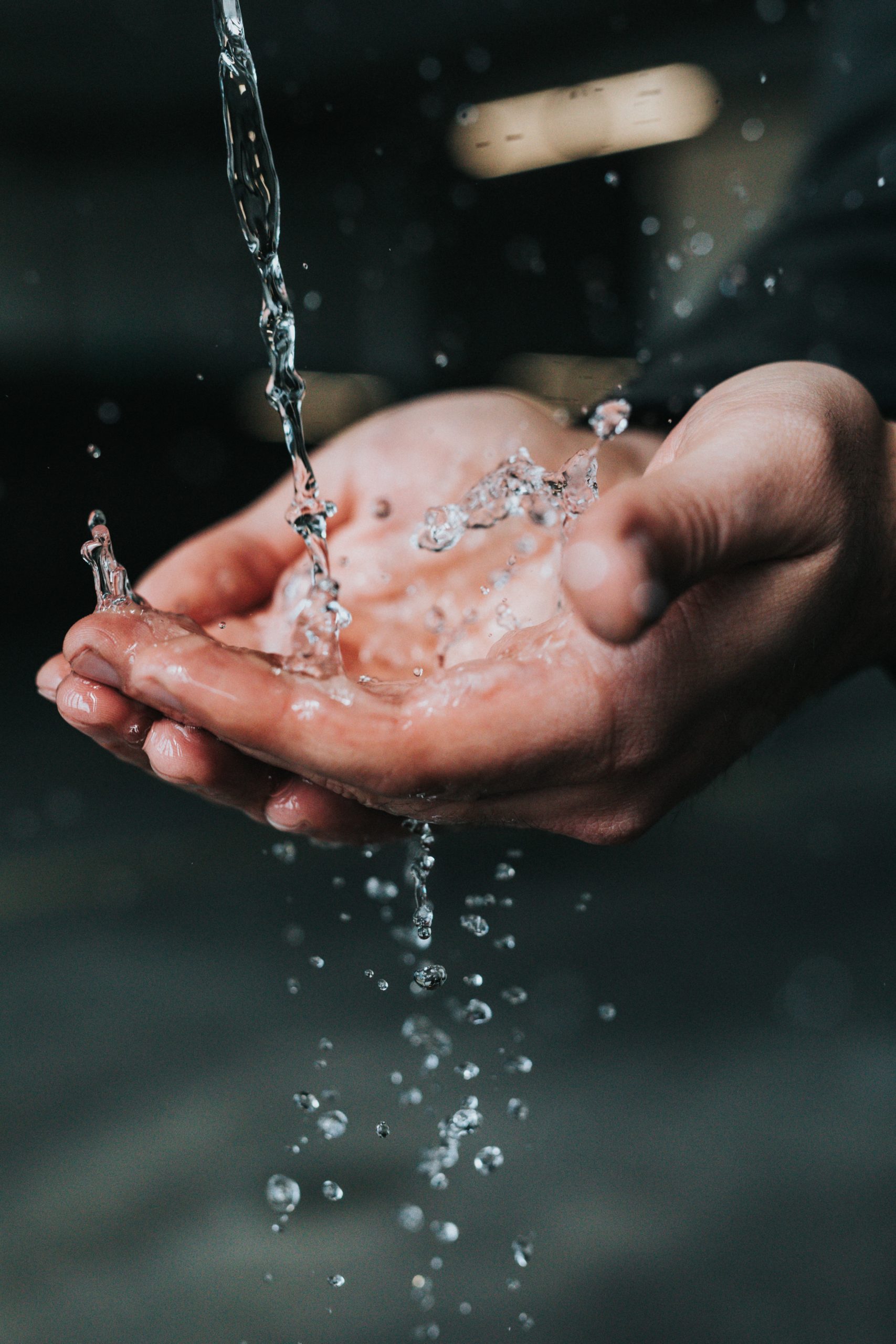
Contact lens wear during COVID-19
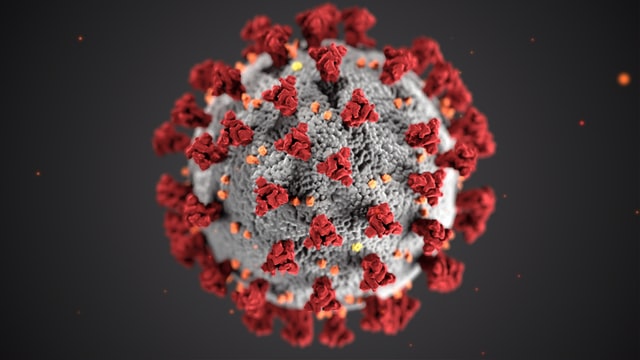
The Covid-19 Virus and Your Eyes
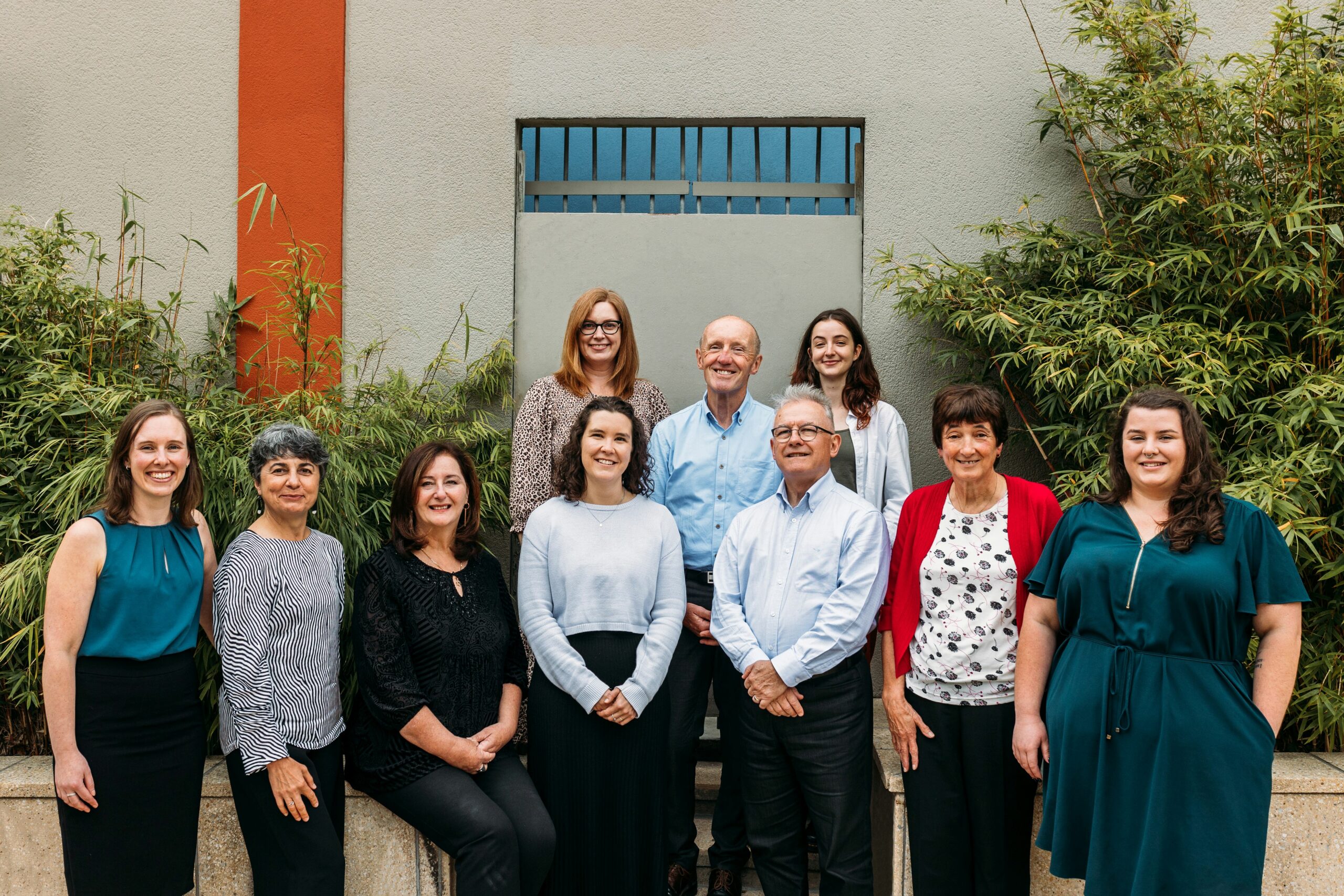
Meet The Team at the Wellington Eye Centre

Festive Season and Your Eyes
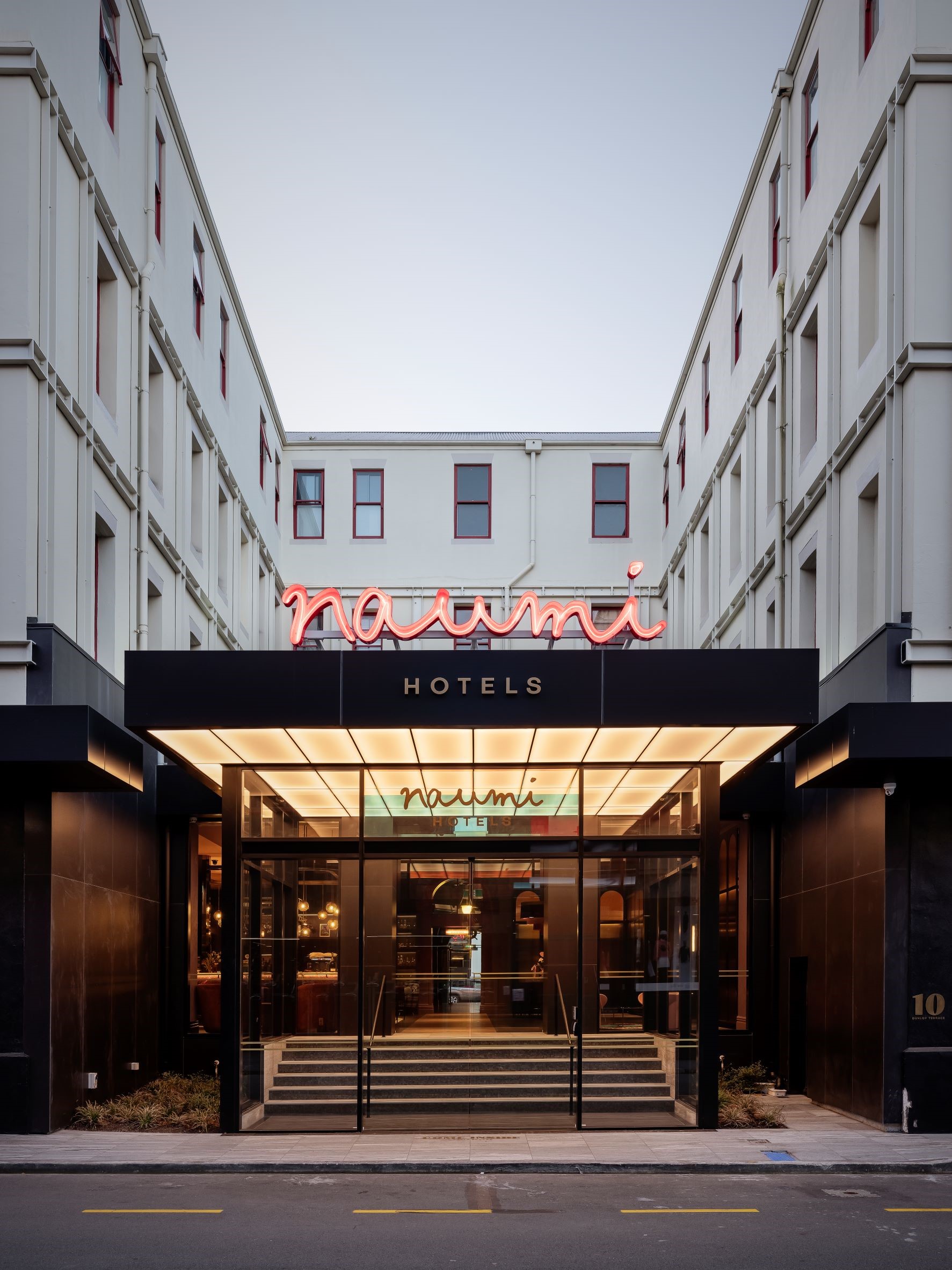
Naumi Studio Hotel Wellington
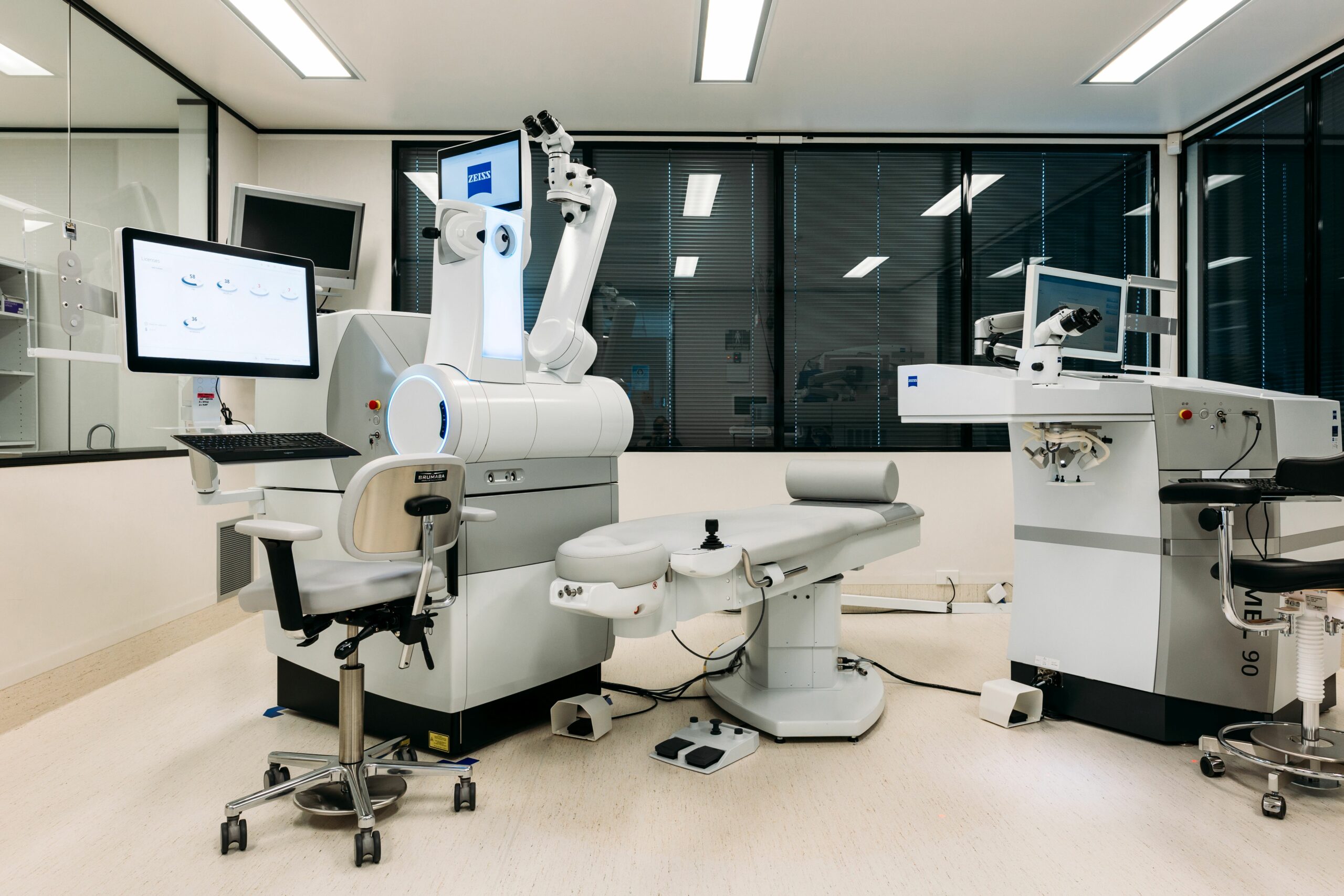
What to Expect on The Day of Surgery
